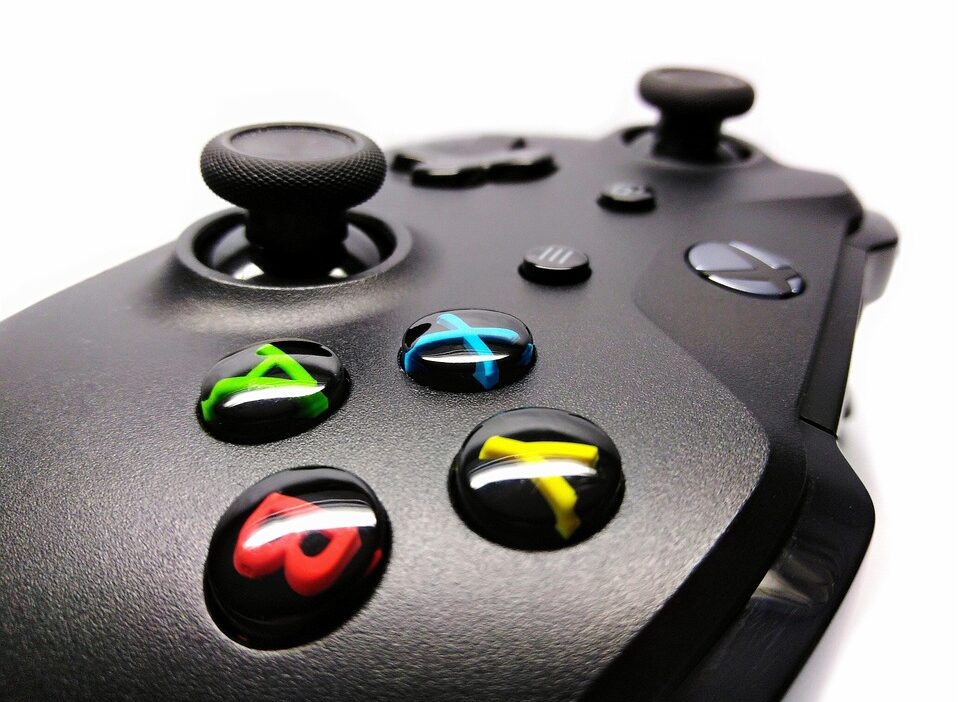The video game industry has experienced tremendous growth since its inception in the early 1970s. At the heart of this evolution is the gamepad, a device that has fundamentally transformed how gamers interact with their favorite titles. From chunky controllers with mere buttons to sleek, ergonomic designs equipped with advanced technology, the gamepad’s journey mirrors the broader advancements in gaming itself. Let’s explore the evolution of gamepads through the decades.
1. The Birth of the Gamepad (1970s)
The story begins with the release of the Atari 2600 in 1977, one of the first consoles to feature a joystick controller. This simple design, consisting of a single stick and a few buttons, set the stage for future innovations. The primary focus at this time was on basic gameplay mechanics; the controllers were straightforward, allowing players to navigate simple graphics and engage with rudimentary game dynamics.
2. The Transition to Detachable Controllers (1980s)
The 1980s heralded a shift in console gaming with the introduction of more complex titles. Nintendo’s Nintendo Entertainment System (NES), released in 1983, featured a gamepad design that would heavily influence future generations. The NES controller introduced a rectangular shape with a directional pad (D-pad) and four buttons, providing a new level of control in platforming games. This era also saw the emergence of detachable controllers, allowing players to comfortably position themselves away from the console.
3. The Rise of Analog Control (1990s)
The 1990s marked a significant turning point for gamepads with the introduction of analog sticks. Sony’s PlayStation, released in 1994, came equipped with a DualShock controller that featured two analog sticks and vibration feedback. This innovation allowed for more precise control and an immersive gaming experience, especially in 3D environments. Competitors quickly followed suit; Nintendo and Sega adapted, with the Nintendo 64’s controller introducing a unique three-pronged design alongside its own analog stick.
4. Wireless Freedom and Customization (2000s)
The turn of the millennium ushered in a new era of wireless technology in gaming. The introduction of Bluetooth technology enabled wireless controllers, giving players greater freedom of movement. Microsoft’s Xbox controller, first released in 2001, embodied the trend with larger grips, a variety of buttons, and the first significant foray into customizable controllers with its Xbox Live service.
The addition of features like customizable profiles and ergonomic design became standard in many controllers, moving toward a more personalized gaming experience. Gamers no longer had to settle for a one-size-fits-all solution.
5. Embracing Motion Control (2010s)
As gaming technology continued to advance, so did the features of gamepads. The 2010s saw the rise of motion control. Nintendo’s Wii, released in 2006, brought a new interactive dimension by allowing players to use motion-sensing technology. This innovation was further expanded by PlayStation Move and Microsoft’s Kinect. These advancements not only redefined how games were played but opened up possibilities for social gaming and fitness applications.
6. The Era of Rich Features and Cross-Platform Play (2020s)
In the current decade, gamepads have further evolved to include rich features like haptic feedback and adaptive triggers. Sony’s PlayStation 5 DualSense controller provides an impressive sensory experience with features that respond to in-game actions—enabling players to literally feel the weight of their virtual environments.
Moreover, cross-platform compatibility has become more prevalent, allowing players to use their favorite controllers on multiple consoles and PCs seamlessly. This shift highlights the growing desire for accessibility and personalization in gaming, ensuring that everyone can find comfort in their gear.
Conclusion
The gamepad has truly undergone a remarkable evolution over the decades. From the simple controllers of the 1970s to the multi-featured devices of today, each innovation has contributed significantly to how we engage with video games. As technology continues to advance, one can only imagine how the gamepad will evolve in the years to come. For both casual and competitive gamers alike, these devices remain a key component of the gaming experience, bridging the gap between reality and virtual worlds. Game on!



